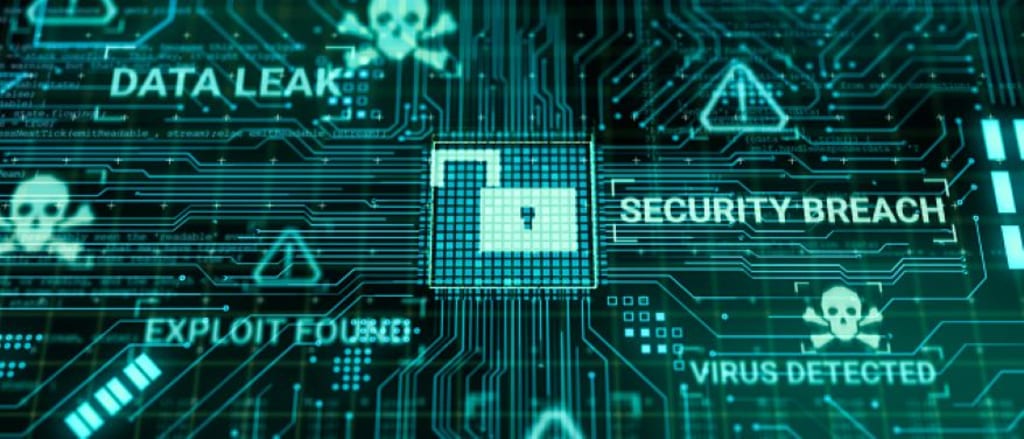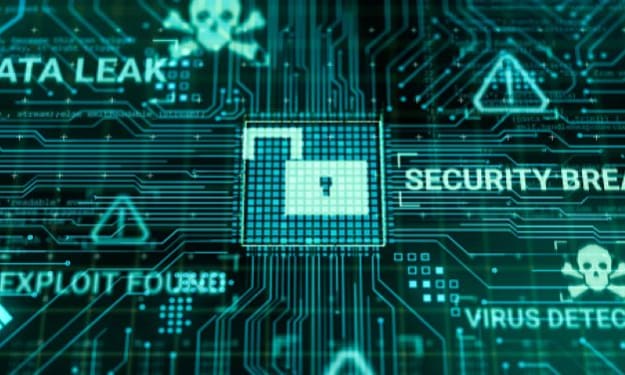The Importance of Accessible and Inclusive Cybersecurity
cybersecurity

It is not surprising that cybersecurity has become essential for both individuals and enterprises as the digital world continues to dominate our personal and professional lives.
But, society is moving quickly towards "digital by default," which may be difficult for people who cannot use digital services. For necessary internet services including financial, housing, welfare, healthcare, and educational support, people rely on these digital platforms. Inclusive security ensures that these services are as broadly available as feasible and offers users online security regardless of their resources, capabilities, or capabilities.
As a result, in order to appropriately manage cybersecurity concerns, diversity and accessibility must also be taken into account. Yet, not everyone has access to digital tools or the same skill sets, making some people more susceptible to cyberattacks. The COVID-19 outbreak also brought home how important digital access is to modern life.
What is Accessible and Inclusive Cybersecurity?
Designing and executing cybersecurity measures to meet the needs of every person is referred to as accessible and inclusive cybersecurity. This means keeping people with disabilities or other marginalised groups in mind when establishing policies, procedures, and technologies.
Accessible and inclusive cybersecurity aims to ensure that all people, including those with limited physical access to digital devices, limited technical skill sets, or other barriers, have equal access to the tools and resources required for protection from cyberthreats.
We can create a more equitable and secure digital environment for everyone by making cybersecurity more accessible and inclusive.
Sadly, the numbers do not work in our favour. For people who are not included in the digital world, accessibility concerns continue to be quite difficult. According to World Bank projections for 2022, 3 billion people worldwide are still not connected to the internet because of things like geography, income, education, and disabilities.
Those who are not connected to the digital world frequently need access to tools and resources to safeguard themselves from cyberattacks.
Why Accessibility Matters are so Critical
Those who are excluded from the digital world face substantial obstacles due to accessibility issues.
What, though, is digital exclusion? It alludes to the lack of physical access to digital equipment, the difficulty to acquire the necessary skills, and access inequities based on variables like location or money.
Someone who lives in a remote location or with a disability may find it difficult to physically use digital gadgets. Devices without accessible features, such as screen readers or magnifying tools, may be challenging for users with visual impairments. Also, persons residing in these remote locations might not have access to stable electricity or high-speed internet, which limits their ability to use contemporary technology.
For those who are digitally excluded, having the necessary skills to navigate the digital world is a major barrier. 14% of persons with a high school diploma or less do not use the internet, according to a 2021 Pew Research Center study. Many people identified a lack of digital skills as their main obstacle. People may be more vulnerable to cybercrimes if they lack the knowledge and skills to protect themselves online from threats like viruses and phishing attempts since they won't be able to identify and minimise potential risks.
Finally, access to digital materials and technology may be severely constrained by variables like geography and poverty. Low-income residents may not have access to high-speed internet in many locations throughout the world or may not have the money to buy digital equipment. For individuals who are struggling to make ends meet, this is a significant hurdle.
For people who are digitally excluded, accessibility concerns are a major worry when it comes to cyber dangers because they have a big impact on a person's ability to protect oneself.
COVID-19 and the Importance of Digital Access and Cybersecurity
Our daily lives have undergone significant change as a result of the COVID-19 epidemic, including how we obtain necessary services and conduct our jobs. As a result of social isolation policies, many people now rely on digital technology for their healthcare, education, and other basic requirements. Also, a lot of businesses are switching to remote work arrangements, which emphasises the value of cybersecurity and secure digital access procedures.
The shift to digital technology has, however, also brought attention to the digital gap and the difficulties it presents for those it excludes. Without dependable internet or devices, people could have trouble getting medical care or working remotely. When traversing unfamiliar digital environments, persons without good digital abilities may be more susceptible to cyber dangers.
There are cybersecurity dangers related to the COVID-19 pandemic. Cybercriminals are carrying out more sophisticated attacks as more people rely on the internet to access and conduct business. According to an FBI report, recorded cybercrimes sharply rose following the epidemic. These instances may result in grave consequences like financial loss, identity theft, and harm to one's reputation both personally and professionally.
The importance of cybersecurity and online access in our society has been made clear by COVID-19. It is crucial to address the digital gap going ahead and create cybersecurity policies that are inclusive and accessible.
Steps to Promote Accessible and Inclusive Cybersecurity
It is a difficult task to make cybersecurity more open and inclusive. Stakeholder cooperation, including that of governments, tech firms, and civil society organisations, is necessary to advance.
Yet, there are actions that may be performed to encourage inclusion and accessibility in cybersecurity:
Create accessible cybersecurity policies and standards.
The needs of persons with disabilities and other marginalised groups should be taken into account as governments and technology companies work together to develop regulations and standards that ensure cybersecurity measures are inclusive and accessible. These guidelines and standards ought to be created especially for this objective.
Provide digital skills training
Giving people with limited access to the internet the confidence to use the internet and defend themselves against online threats. Governments, IT firms, and civil society organisations can all contribute to the delivery of this education.
Ensure digital devices and software are accessible
Screen readers and other accessibility features should be taken into consideration when developing digital products and software so that people with impairments can use it and stay safe online.
Address inequalities of access
In order to resolve gaps in access to digital resources and technology, governments and technology corporations should work together. Initiatives to expand access to fast internet and electronic gadgets could fall under this category.
Involve individuals with disabilities and other marginalized groups in cybersecurity decision-making.
In order for their needs and perspectives to inform the process, it is crucial to include people with disabilities and other marginalised groups in cybersecurity decision-making.
Equitable Cybersecurity is the Future
It is a difficult task to make cybersecurity more inclusive and accessible. It's also a vital step in establishing a more safe and equitable online environment for everyone, though. Together, we can create cybersecurity policies that are inclusive, ensuring that everyone has access to the information and resources they need to defend themselves against online dangers.
About the Creator
Enjoyed the story? Support the Creator.
Subscribe for free to receive all their stories in your feed. You could also pledge your support or give them a one-off tip, letting them know you appreciate their work.





Comments
There are no comments for this story
Be the first to respond and start the conversation.